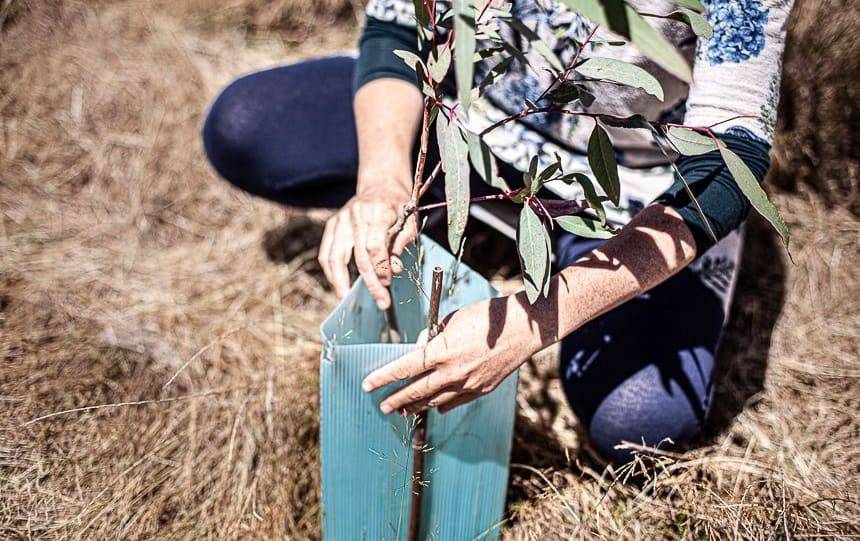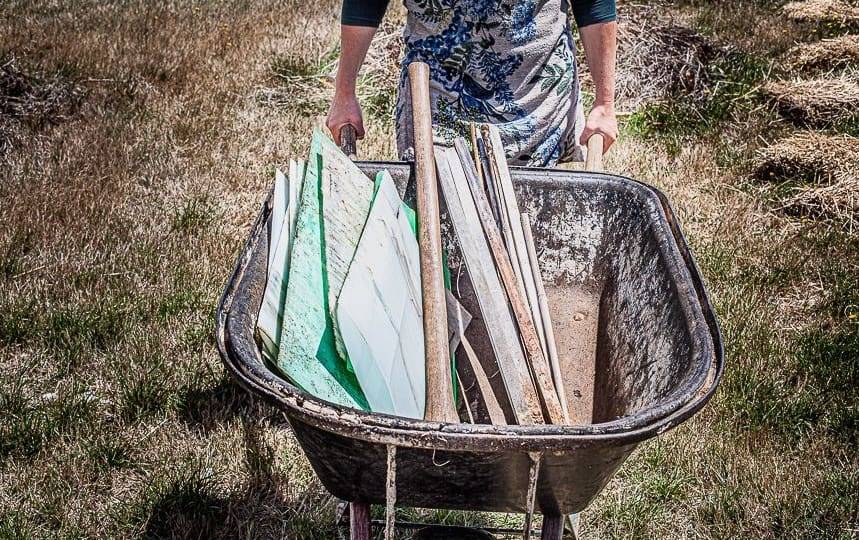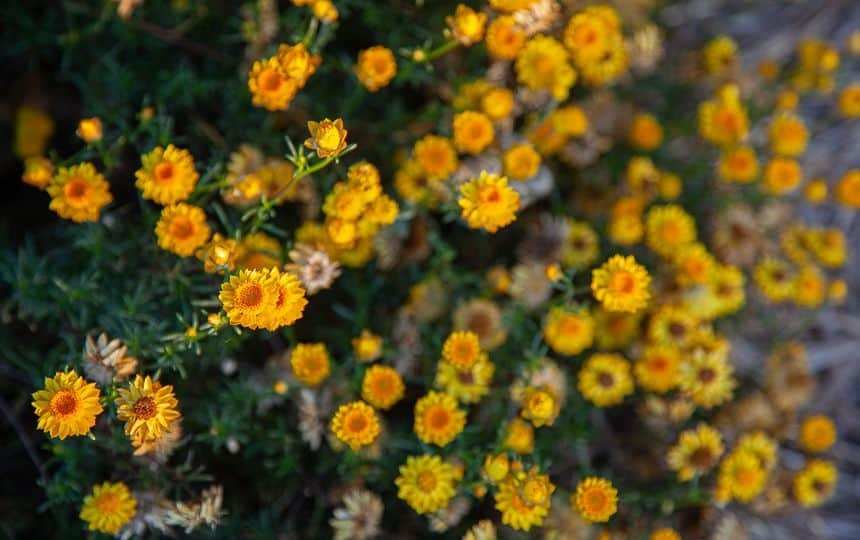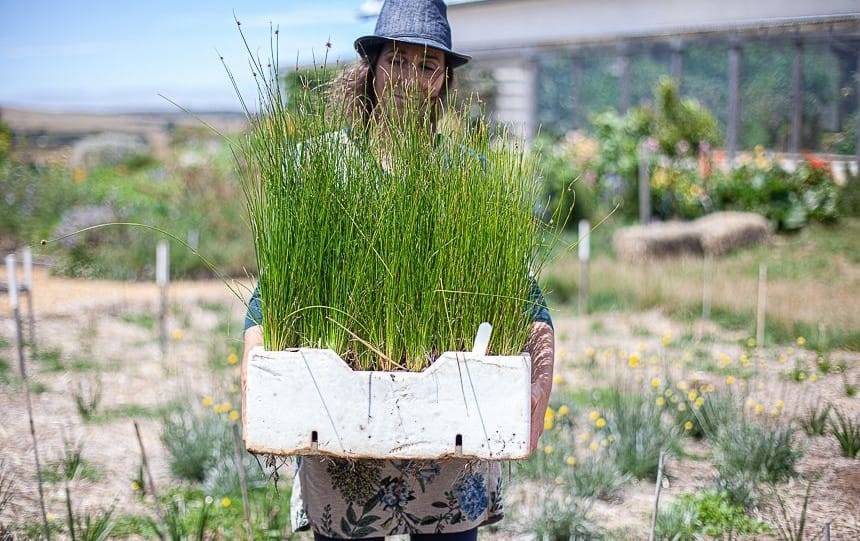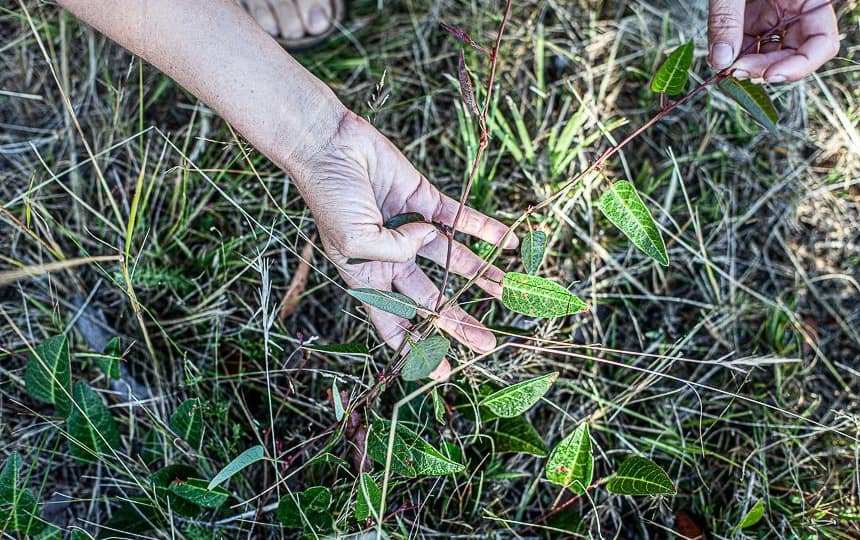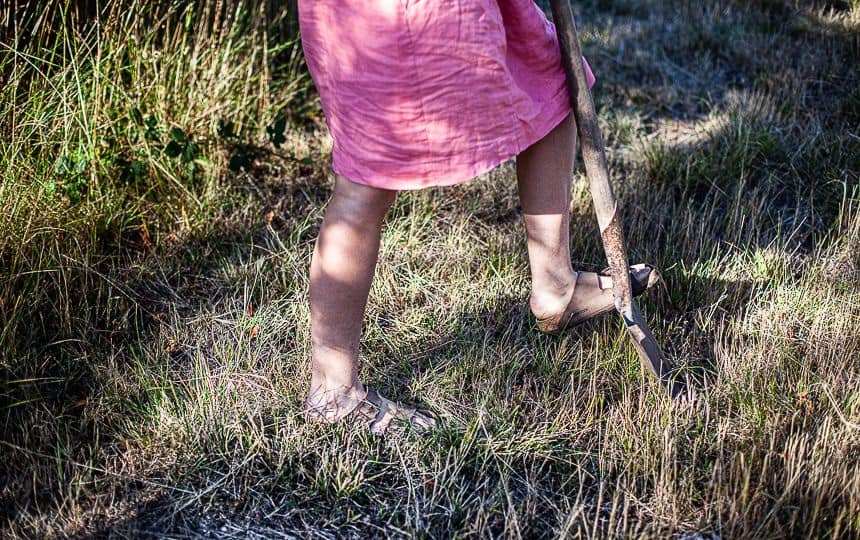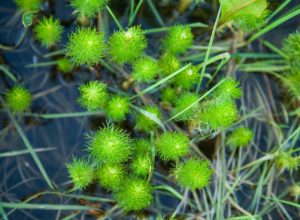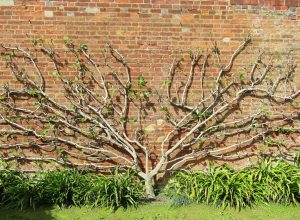There are a myriad of benefits to joining a landcare group. Find out more…
Joining a Landcare group is an empowering way to revegetate both private and public land, manage invasive weeds, and access local resources and knowledge as it relates to flora and fauna biodiversity.
For many, it is also a meaningful way to meet and spend time with others who share a love of nature and our place in it.
What is Landcare?
Landcare is a national not-for-profit organisation funded both through government and philanthropic trusts.
It is over 30 years old and exists to empower grassroots communities to engage with, nurture and improve biodiversity values in their region. It offers renters, private landowners, farmers and conservationists the opportunity to access funding to do both large scale and small scale revegetation works.
There are Landcare groups all over Australia, and joining one is extremely easy. You can visit the Landcare website here.
Why join a Landcare group?
Rewilding cities and country areas is a really exciting adventure. Landcare provides trees, native grasses and wildflowers for free or at a heavily subsidised cost.
Regardless of where you live, a rental property near a river or creek; a home near a reserve, a large nature strip; or extensive farming property, Landcare can offer the financial assistance needed to increase biodiversity and habitat.
Projects take place on either public or private land where it is possible to meet like-minded individuals and exchange knowledge and skills.
It is a way to have your say on rewilding projects and an easy way to make a powerful contribution, as it’s well-known that trees sequester carbon and that we need millions of them to help us slow down climate change.
Imagine too, re-establishing wildflowers in your area on sites previously known to have them. Or beautiful indigenous grasses on mass.
Who can join Landcare?
Anyone can join – renters and landowners, city and country folk.
What is funded?
Landcare funds a range of projects such as Indigenous and native seed collection, tree, shrub and native grassland plantings, including wildflower plantings.
Resources for noxious weed removal, stakes, tree guards, nesting boxes and fencing materials to protect revegetation areas.
How to join a Landcare group?
The Landcare website allows you to search for existing Landcare groups in your city or country area. Some areas have many Landcare groups while others may have none.
By entering your postcode on the Landcare site an interactive map allows you to identify the Landcare group closest to you. In some cases you will find one only to discover it is no longer active. Simply look for the next nearest to you.
There is also nothing to stop you from joining a Landcare group that is not close to you and while attending meetings allows you to get to know others and to have your say, if the distance is too far then it is possible to communicate via email and still gain access to resources and decision-making processes.
There is usually a fee involved with joining but the fees are often extremely low (for example, $30 a year).
What is expected of members and what challenges may there be?
Every Landcare group differs from every other. And each has its own way of doing things, its own culture, set of values and structure.
It is important to understand that joining a group of people always involves an element of surprise and that even in areas where there are many shared values there will also be many different approaches to achieving those values.
The level of involvement is up to you. The larger the group the easier it is to share responsibilities.
Each group will also have its own share of challenges as a result of different ways of doing things. These challenges can come in the following forms:
- The use of herbicides to manage weeds.
- Differing opinions on which grants to apply for and what projects to prioritise.
- How to work with and show genuine respect to traditional landowners.
- How to better understand and implement traditional land management goals.
- How best to deal with weeds: instant removal or incremental removal (as weeds provide habitat too).
- Differing views on the role of weeds.
- Consistent herbicide use to kill weeds with no follow-up revegetation work.
From a permaculture perspective for example, is the use of herbicide ever okay?
Start your own group
If there are no groups in your area, then consider starting your own. Landcare provides a breakdown of the steps you need to take to make it happen. From finding others to join you and holding your first meeting, to incorporating the group, establishing a committee of management, insurance, bank account and ABN.
It’s a fantastic way to learn a great deal about how to facilitate groups and how to manage and share responsibilities. The skills learned are truly invaluable and can be transferred to other areas of life such as the running of your own business or non-profit organisation.
Other benefits of Landcare
Landcare groups that are actively involved in state forests and reserves, build a critical mass of knowledge that help to inform government agencies and policy makers.
By documenting, photographing and sighting both flora and fauna species, Landcare groups play an invaluable role in advocating for forest and species protection.
From a private property perspective, Landcare’s grants program allows for mass revegetation projects to take place, resulting in the revitalisation of denuded acreage with a verdant, habitat and biodiverse rich landscape.
Images: Village Dreaming


